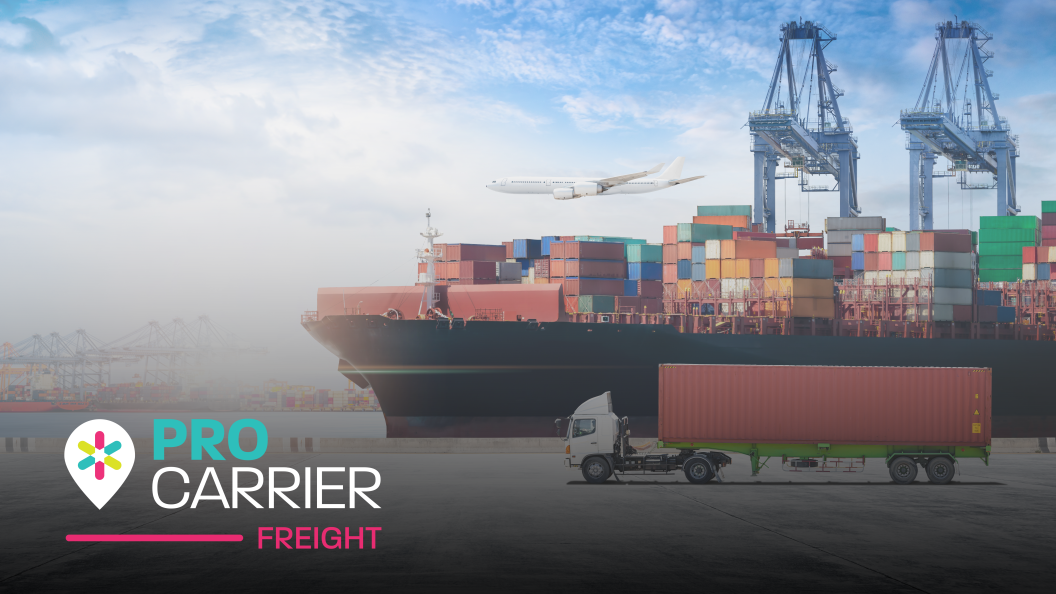When you are shipping cross border you have to deal with customs wherever you are sending your goods to. Whether you are importing or exporting you will have to pay duties, taxes and fees on certain goods. If you are a retailer importing goods into the UK for example, to your store, but they need to be returned, or if a customer wants to return a purchase, what happens to those duties that you paid for? You may be able to claim for duty drawback.
What is duty drawback?
Duty drawback is essentially customs-related mechanism that allows businesses to receive a refund of any duties, taxes or fees on goods that have been imported that are then exported at a later date or used in the production of other goods for export. It is a way to encourage and support international trade by reducing the financial burden on businesses engaged in importing and exporting activities.
Duty drawback programs vary by country, and the specific regulations, eligibility criteria, and procedures may differ. No matter what country you are dealing with, the goal of these programs is always the same, to promote international trade, encourage local manufacturing for export, and reduce the overall cost burden on businesses engaged in cross-border trade. It is best practice to work closely with customs authorities and follow the specific rules and requirements of the country where you are operating to take advantage of duty drawback opportunities.
What are the types of duty drawback?
There are many types of duty drawback which may be confusing, so lets break them down below:
Unused Merchandise Drawback
This allows for a refund upon the exportation or supervised destruction, under the Customs and Border Protection (CBP) of goods that have been imported on which duties, taxes or fees were paid. This is only provided that the goods have not been used within the country before exporting or destruction.
Manufacturing drawback
This is applicable when imported materials are used in the production of goods that are subsequently exported. The drawback is typically based on the duties and taxes paid on the imported materials used in manufacturing.
Rejected Merchandise Drawback
This allows for a refund of imported merchandise that has either been entered, withdrawn from the warehouse for consumption and duty-paid. However it only applies to merchandise that:
- Does not conform to sample or specifications
- Has been shipped with the consignee’s consent
- Has been determined to be defective at the time of importing
- Is ultimately sold at retail by the importer or the consignee who received the merchandise from the importer and has returned to and accepted by the importer or consignee.
All-duty drawback
In this type, a business can claim a refund or exemption of all customs duties, taxes, and fees paid on the imported goods.
Partial-duty drawback
This allows businesses to recover only a portion of the customs duties, taxes, or fees paid.
How does duty drawback work in the UK?
The process may differ depending on the customs authority in the specific country that you are dealing with but here is a typical duty drawback process:
- Importation of Goods: A business imports goods into a country and pays customs duties, taxes, and fees on those imported goods.
- Subsequent Export or Use in Export: The imported goods are either exported as-is or used as components or materials in the production of other goods that are intended for export.
- Duty Drawback Claim: To claim duty drawback, the business must submit a formal application to the customs authorities, providing documentation and evidence of the imported goods' subsequent export or use in export-oriented manufacturing.
- Verification and Approval: Customs authorities review the claim to ensure that the conditions for duty drawback are met. If everything is in order, they approve the claim.
- Refund or Exemption: Once the claim is approved, the business can receive a refund of the customs duties, taxes, and fees previously paid, or they may be exempted from paying these charges in the first place.
Within the UK you may also come across ‘excise duty drawback’. This is a reimbursement of UK excise duty that is paid back to those eligible when exporting eligible excise goods. These include beer, wine spirits, cigarettes and other tobacco products and oils. While this is another form of duty drawback this is not applicable to other goods that eCommerce retailers may typically ship. You can find more information surround excise duty drawback within the UK here.
What are the benefits of duty drawback?
It goes without saying that the main benefit of duty drawback is receiving money back and not having to pay duties or fees on your goods. But what are some of the other benefits of this scheme that you may not have thought about?
- Be more competitive – with the money that you have saved on duties, taxes and fees you may be able to provide a competitive price on your goods across multiple regions.
- Reduce costs – Who doesn’t love to save money? Duty drawback can help you save on production costs as well as increasing your profit margins.
- Invest back into your business – Once you receive your duty refund, you can use that to offset other costs along the supply chain, from transportation and fuel costs to the assembly line. You’re not only saving money, but growing your business in the process.
How can Pro Carrier help?
A key feature of using Pro Carrier to handle your outbound shipments is the data that we collect. Using the data that we collect from your outbound and returns to/from the EU means that we can file for duty drawback on your behalf, meaning you don’t have to lift a finger. As we are the original exporter, we hold all the information that customs require for when we re-export your goods. Therefore we can ask customs to issue any duties, fees or taxes that you paid on import.
If you would like to learn more about how Pro Carrier can save you time and money, or would to enquire about any of our other services, don’t hesitate to get in touch.



